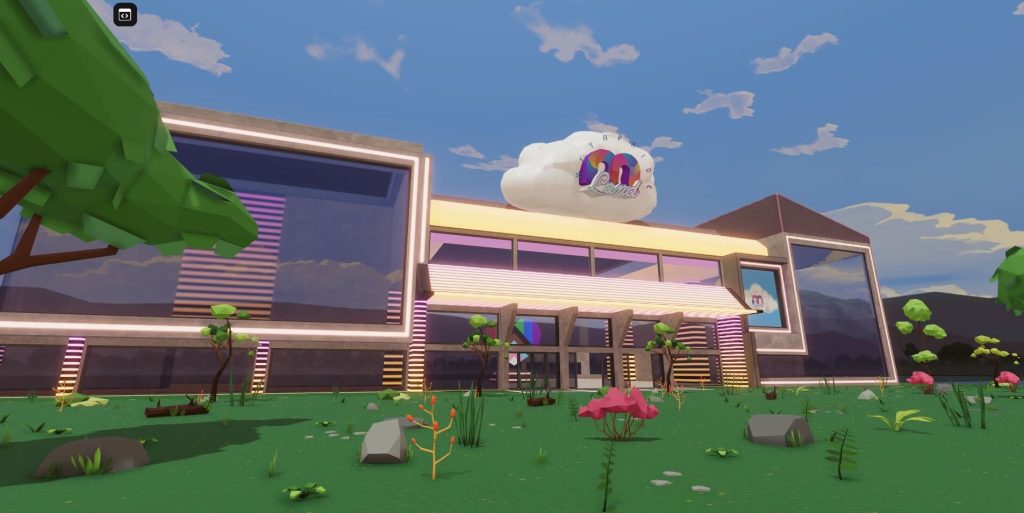Patrick Stevenson-Keating
Science and design collide to offer a glimpse of a parallel universe


Setting up shop at Designersblock in a relatively quiet spot in the vast London Design Festival, Patrick Stevenson-Keating managed to avoid the clamoring masses on opening night. What he may lack in promotional capabilities he more than makes up for in pioneering spirit and sublimely engaging source material.
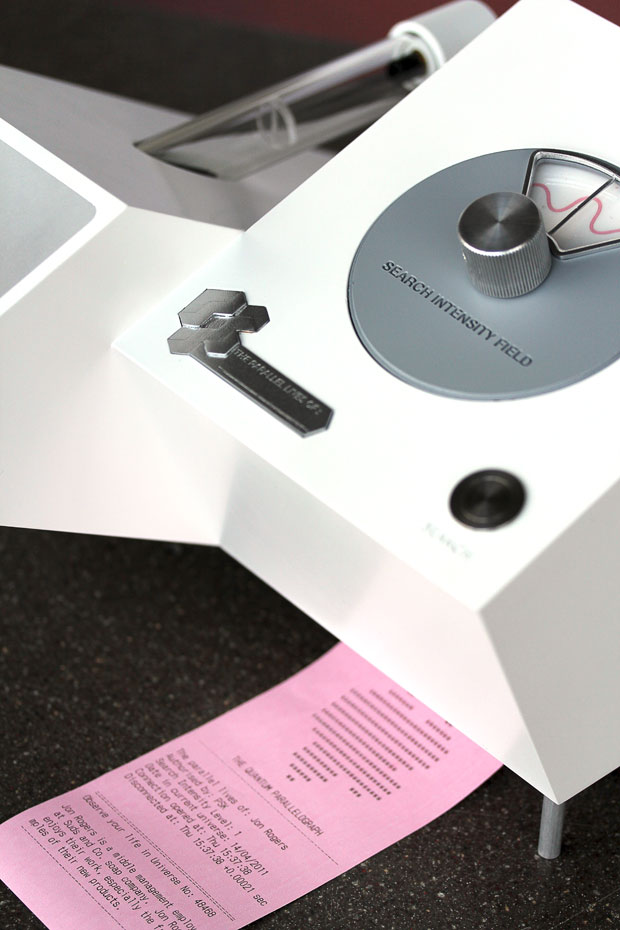
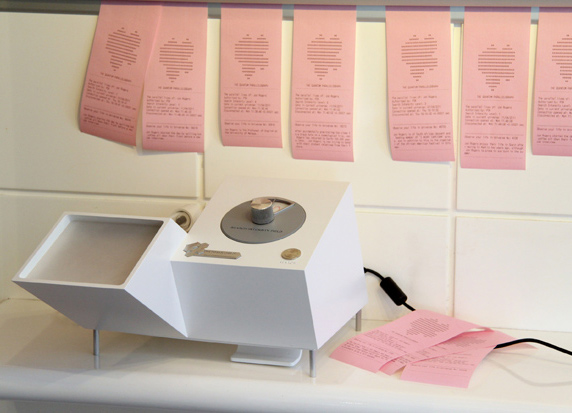
Stevenson-Keating, who graduated just this year from Dundee University with top honors in product design, showed two projects at Designersblock, The Quantum Parellelograph and On Our Way to the Impossible.

The Quantum Parellelograph is an exploratory piece examining the science and philosophy of Oxford professor David Deutsch’s parallel universe theory and the earlier work of professor Hugh Everett. Stevenson-Keating explains that “there might be infinite copies of ourselves within multiple universes.”
Harnessing the Internet and basic personal information, the simulation machine can be dialed in to a customizable alternate reality. The user can calibrate the machine according to the desired “distance” from one’s real life, pushing a button to receive a printed receipt outlining their hypothetical life in a parallel universe. We decided to go deep in our tinkering, and received a printout telling us that “in 20 years’ time Richard Prime may not be born yet.”

Stevenson-Keating goes on to explain that, while up until recently, the notions of the parellel universe has been confined to the realms of science fiction. However, scientists are beginning to turn more serious attention to the potential of the existence of the alternate space in time.
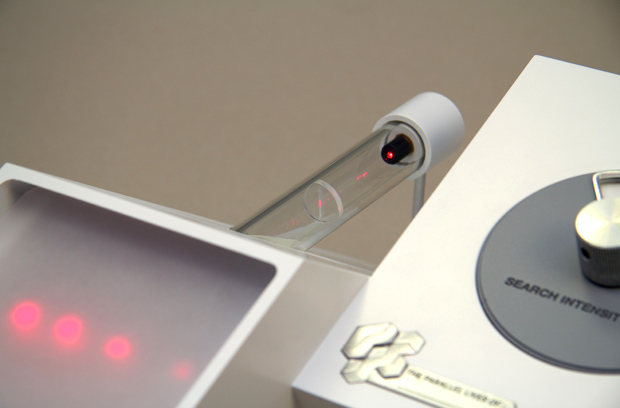
This focus on science and design sets Stevenson-Keating apart from many of his contemporaries. “I try to blend science and design,” he says. “If you think about it, there are people whose job it is to look at the stars and then there are thousands of amateur stargazers. So why not science?”
Exemplifying that approach is the other objet the designer brought to London, On Our Way to the Impossible. The project attempts to visualize complicated scientific thinking and abstract concepts in a way the public might understand without diluting the ideas themselves.
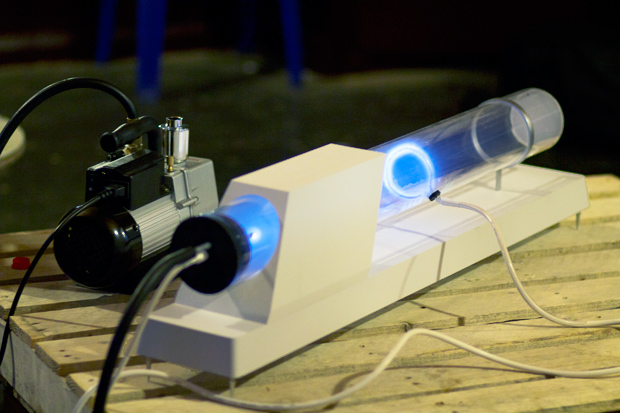
Stevenson-Keating thought it best to apply this thinking to bridge the gap between advanced science and how the public is informed about its possibilities. According to the description on his website, his particle accelerator—created with the buzzed-about and largely misunderstood Hadron Super Collider as the model—”aims to show that design can be used as a tool to take people beyond what most of us think is possible, and after seeing it, you just might think a little differently.”
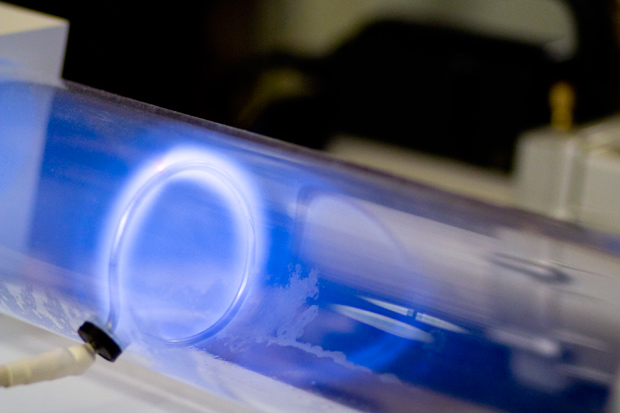
The designer cites as his inspiration the 18th-century scientists whose discoveries gave birth to the era of enlightenment and goes on to ponder whether our current contemporary batch of amateurs will bring forth a second era of science. Check out Stevenson-Keating’s next exhibition at the Birmingham Design Fair in January 2012.


